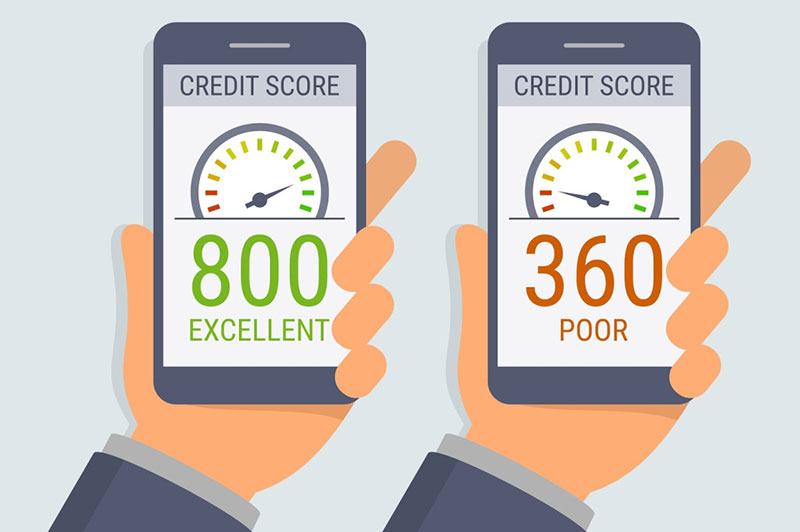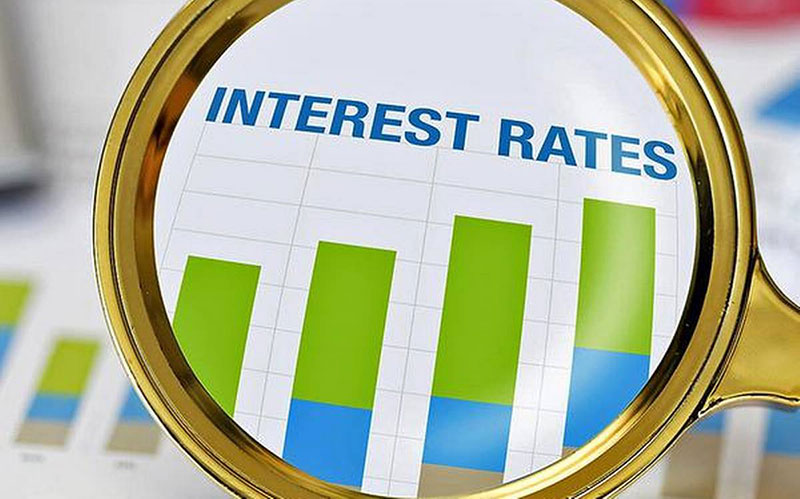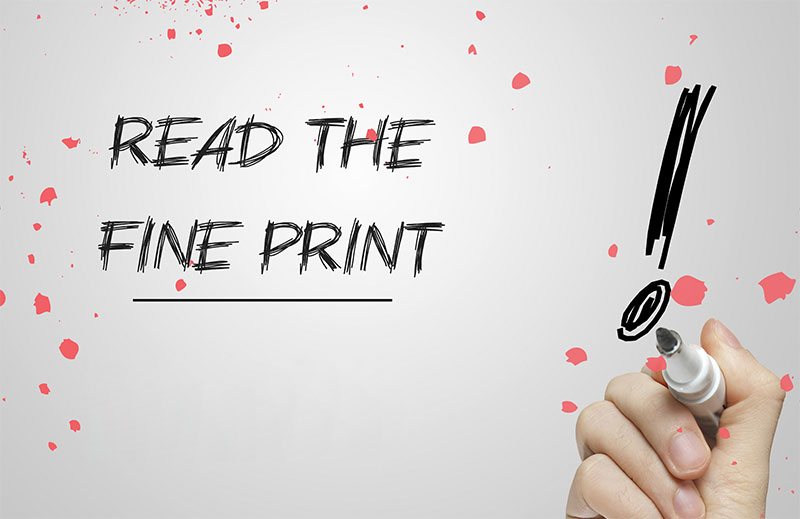Personal loans are as versatile as they sound. You can use one for pretty much anything, including a medical emergency, an expensive holiday, debt consolidation, unexpected repairs – the list goes on. The main benefit of a personal loan is that it gets approved pretty much instantly. But to qualify, you will be required to meet certain criteria. The best way to calculate where you stand is to use a loan eligibility calculator. You’ll find one easily enough online.
1. Get a decent credit score

Your credit score is a three digit number that often determines your financial well-being. It helps lenders decide whether you qualify for a credit card or loan, as well as the terms on which they’re granted. The higher the score, the more favourable the term. The best way to improve your credit score is to pay every single bill on time, whether it’s a monthly loan repayment, rent or even your phone bill.
2. Clear any existing loans and credit card bills

Before applying for a personal loan, it’s important to make sure that your existing outstanding debt is reduced. If you already have multiple loans and credit cards to your name, obtaining another loan won’t be easy. If you have multiple loans to repay, the combined EMIs should not exceed 50 percent of your final income. So it’s a good idea not to apply for a personal loan if you’re still paying off existing ones.
3. Include all your income sources
Your income is one of the most important eligibility criteria for a personal loan because it helps your lender assess how easily you’ll be able to repay it. So don’t be afraid to share all your sources of income, not just your salary.
4. Don’t apply for multiple loans simultaneously

When you apply for a personal loan, your lender will get in touch with a credit bureau to assess your default risk.
They will be able to see if you’ve made multiple loan applications. If you have, you’ll risk coming off as desperate for money which in turn, will raise doubts about your ability to repay it. It will make you a high-risk applicant and there are chances your lender will reject your request. However, many banks conduct a “soft” credit check during the pre-qualification process that doesn’t show up on your credit report. It’s often a useful option for testing your eligibility before “officially” applying.
Precautions you must take
One of the reasons it’s important to be eligible for an authorized personal loan is to avoid falling into the trap of lenders who want to take advantage of you. If your applications are being rejected, it’s probably for a good reason. Be suspicious of a lender who has no objections to your financial state. That being said, here are some ways to protect yourself.
Determine the real interest rate

Once you start looking for loans, you’ll notice many lenders advertising cheap interest rates. But the interest rate for your loan will probably be much higher. That’s because lenders tend to showcase their best rate (calculated on multiple factors such as credit score, loan amount, loan duration, etc.) That rate won’t necessarily apply to you. Only shop for the best rates for for personal requirements.
Read the fine print

Interest rate mustn’t be your only criteria for choosing a loan. Examine the terms and conditions and be aware that they can often be misleading. Sometimes, lenders charge extra if you finish paying a loan off too early. They often incorporate hidden charges like arrangement fees and handling charges as well.
A fixed interest rate is always safer
Some lenders offer variable interest rates. They may fall during the course of your repayment process, but they may just as easily rise. Opting for a fixed interest rate will help you avoid nasty surprises later on. Don’t trust a lender that pushes you to take a variable interest rate – chances are it will be for their benefit, not yours.



